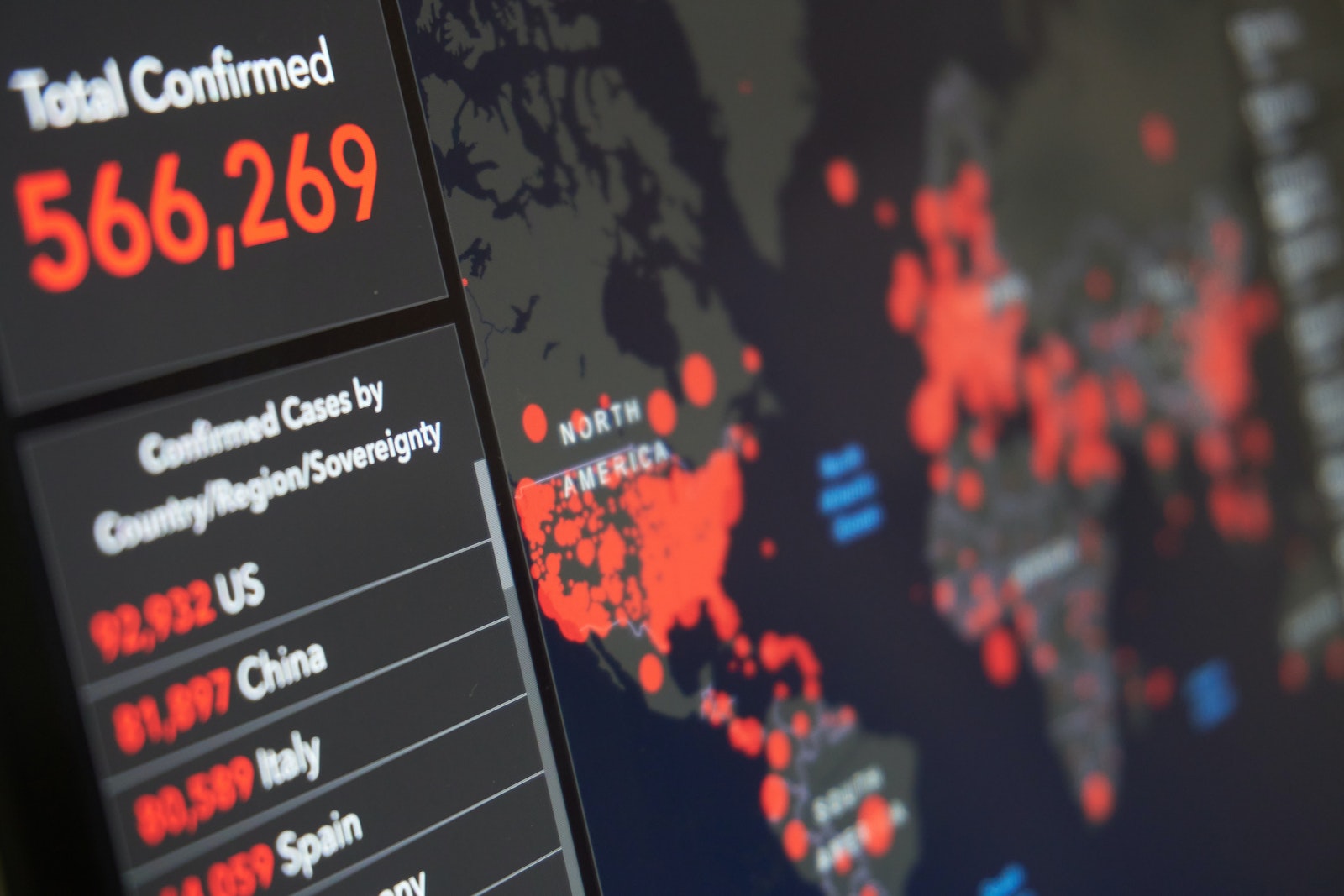When you’re navigating through a crisis, your revenue stream can take a hit. That’s where a Chief Revenue Officer (CRO) comes in. They’ve got the know-how to safeguard your income by implementing savvy strategies and managing risks effectively.
By understanding their role, you’re better equipped to protect your bottom line and ensure business continuity. Let’s delve into how a CRO can be your lifeline during tough times.
Table of Contents
ToggleKey Takeaways
- CROs proactively harness technology and data analytics to identify trends and anticipate challenges in sales, customer service, marketing, and cash flow.
- CROs use cutting-edge tech like AI and machine learning to analyze data and track shifts in consumer behavior or market dynamics.
- CROs act as the company’s technological sentinel, alert to threats and ready with data-driven solutions for crisis management.
- CROs leverage data analytics and innovative thinking to devise solutions for sustained growth and profitability, mitigating potential risks using advanced tech tools and predictive analysis.
Understanding the Role of a Chief Revenue Officer (CRO
You’ve got to understand, a Chief Revenue Officer (CRO) isn’t just another title; they’re the strategic force that can safeguard your revenue stream in times of crisis. They don’t merely react, but proactively harness technology and data analytics to spot trends and anticipate challenges.
The CRO’s domain is broad, encompassing sales, customer service, marketing – anything impacting the cash flow. They use cutting-edge tech like AI and machine learning to scrutinize data on these fronts. When a crisis hits, this gives them an edge. They’ve been tracking shifts in consumer behavior or market dynamics long before it escalated into a full-blown crisis.
They also exploit technology for communication and collaboration. In emergencies, silos can cripple an organization’s response time. The CRO ensures critical information flows seamlessly between departments.
In essence, a CRO is your company’s technological sentinel: alert to threats and ready with solutions driven by insights from data analysis. It’s their job to keep your financial gears grinding smoothly even when chaos looms large outside those office doors.
The Importance of Crisis Management in Business
In today’s volatile business environment, it’s vital that you understand how crucial a well-devised emergency plan can be to protecting profits. Crisis management should not be an afterthought; instead, it ought to be embedded into your strategic planning.
As technology evolves rapidly, so do the potential threats to your business. Cybersecurity breaches, data loss, and operational disruptions are just a few examples of crises that can negatively affect your revenue stream if not managed effectively. That’s where a Chief Revenue Officer (CRO) steps in.
A CRO uses their expertise in data analysis and tech trends to identify potential risks before they escalate into full-blown crises. They implement robust strategies that safeguard sensitive information, ensure business continuity, and minimize financial losses during unforeseen events.
Furthermore, with modern tools like predictive analytics and AI-powered risk assessment systems at their disposal, a CRO can anticipate market shifts and make real-time adjustments to crisis mitigation plans.
How a CRO Can Help in Revenue Protection
You’re about to delve into the pivotal role of a Chief Revenue Officer (CRO) in protecting and enhancing your company’s revenue streams.
With today’s advancing technology, it’s imperative to be savvy with revenue protection strategies that could potentially save your business from financial crises.
We’ll dissect how a CRO leverages data analytics and innovative thinking to devise solutions ensuring sustained growth and profitability.
CRO’s Role
Let’s delve into how a CRO’s role can be instrumental in saving your revenue stream during crisis management.
As a Chief Revenue Officer, they’re the ones at the helm of steering your business through unpredictable waters. They have a strategic vision, utilizing technology to gather and analyze data, providing actionable insights to help you navigate effectively.
Their expertise lies in identifying potential risks and swiftly mitigating them before they impact revenues. They’ll use advanced tech tools for predictive analysis, recognizing trends that could signify trouble ahead. By doing so, they ensure that any crisis doesn’t catch you off guard.
Moreover, by leveraging automation and AI-driven sales platforms, they’re able to maintain efficiency even during tumultuous times.
Thus, having a proactive CRO on board is your best bet when it comes to safeguarding revenues in crises.
Revenue Protection Strategies
Despite the challenges, it’s essential to develop robust revenue protection strategies to shield your business from potential pitfalls. Leverage technology to monitor real-time data and identify trends that could impact your bottom line.
A Chief Revenue Officer (CRO) can help you in this endeavor, using advanced analytics tools for risk assessment and decision-making.
Make use of predictive analysis to proactively mitigate risks. You’re not just protecting current income streams but anticipating future threats as well. It’s about managing change effectively with a tech-focused approach.
Remember that maintaining customer trust is crucial in all of this. Use digital platforms not only for sales but also for consistent communication, assuring clients that their needs matter even in tough times.
Embrace technology; let it drive your strategy towards sustainability and resilience.
Essential Strategies for Revenue Stream Preservation
In today’s dynamic technology landscape, it’s crucial that you’re not just depending on a single revenue source. Diversifying your income streams can fortify your financial stability, thus mitigating the impact of an unforeseen crisis.
Let’s delve into effective strategies for diversifying revenue sources, managing the repercussions of a crisis, and mastering techniques to retain your earnings in this ever-evolving digital era.
Diversifying Revenue Sources
You’ll find that diversifying your revenue sources can significantly mitigate risks and help safeguard your business during a crisis. By integrating different income streams, you’re not only spreading the financial risk but also capitalizing on various market opportunities. Consider digital transformations such as e-commerce or subscription-based services which have proven their worth in times of physical limitations.
Data analytics plays a vital role here. It helps identify profitable ventures, assess consumer behavior, and anticipate market trends. For instance, using AI algorithms, you can predict future sales and optimize product pricing strategies accordingly.
Crisis Impact Mitigation
Mitigating the impact of unexpected events can be made easier by implementing effective strategies. As a Chief Revenue Officer (CRO), it’s crucial to harness technology for crisis management. Data analytics and predictive modelling tools can aid in identifying potential risks before they escalate into full-blown crises.
Through real-time monitoring and analysis, you’re not only able to respond quickly but also adapt your revenue strategies accordingly. The power of AI can’t be underestimated in this context. It helps you simulate different scenarios and make data-driven decisions, rather than relying on gut instinct.
Revenue Retention Techniques
To ensure sustained profitability, it’s important to master effective techniques for retaining income. As a Chief Risk Officer (CRO), you need to leverage technology and data analytics for strategic decision-making. Use predictive models to anticipate potential crises and forecast their impact on your revenue.
Your organization should invest in technologies that automate processes, reducing costs and increasing efficiency. With AI and machine learning algorithms, you can identify patterns that signal impending crises – allowing you to proactively manage risks.
Moreover, embrace digital transformation. It not only streamlines operations but also opens new revenue streams through innovative services or products.
The CRO’s Approach to Financial Risk Mitigation
In the realm of financial risk mitigation, a CRO’s approach often involves a thorough assessment of potential threats to the company’s revenue stream. Your CRO doesn’t just see risks – they see opportunities hidden within those risks.
Your CRO uses sophisticated tech tools and predictive analytics to identify patterns in data that might indicate probable future risks. They aren’t just looking at what could go wrong; they’re figuring out what needs to happen so it goes right. Through this technology-focused approach, they’re able to provide you with an early warning system for potential revenue pitfalls.
But it doesn’t stop there. Your CRO also develops contingency plans using AI-driven simulations, ensuring you’re not caught off guard by sudden market changes or unforeseen events. These strategies are all part of how a good CRO safeguards your revenue stream.
Through their innovative use of technology and insightful analysis, your CRO keeps you one step ahead of risk while helping ensure sustainable growth for your business. That’s how crucial a role they play in financial risk mitigation – turning dangers into opportunities and protecting your bottom line from unexpected shocks.
Case Studies: CROs Who Salvaged the Revenue Stream
Let’s delve into some real-life examples of CROs who’ve turned potential financial disasters into opportunities, safeguarding the company’s income.
Consider the tech giant, Google. Their CRO developed an algorithm to predict and manage risk in real-time. When a data breach threatened their revenue stream, they managed to not only contain it but also leveraged this crisis by improving their system security, thereby boosting customer trust and retention.
Now shift your attention to Airbnb’s CRO who implemented advanced AI technologies for risk assessment. During the pandemic when bookings plummeted, they used these insights to pivot towards long-term rentals and experiences — a move that kept revenues flowing even amidst travel restrictions.
Finally, take note of IBM’s monumental shift from hardware-centric business models toward cloud computing services under their CRO’s leadership. They accurately predicted increasing demands for remote work solutions and rapidly adapted their offerings.
These examples illustrate how astute CROs use technology as an effective tool in managing financial risks and securing revenue streams. It proves that with strategic thinking and timely technological interventions, crises can be turned into opportunities.
Effective Communication: The CRO’s Tool in Crisis Management
Having explored various case studies where CROs turned the tide for companies in financial distress, it’s quite clear that effective crisis management can indeed salvage a sinking revenue stream. Now, let’s delve into a critical tool in every CRO’s arsenal – effective communication.
As you navigate the stormy seas of business crises, remember that your CRO isn’t just a number cruncher; they’re also your chief communicator. Their ability to convey complex financial data in understandable terms to stakeholders is paramount. This aids not only in building trust but also aligning everyone towards common recovery goals.
Moreover, in today’s digital age, communication has evolved beyond simple face-to-face meetings or emails. Your CRO should be leveraging technology to effectively disseminate information. They might utilize analytics dashboards for real-time reporting or use collaborative platforms for team discussions and decision-making.
The CRO’s Role in Developing Contingency Plans
Moving onto another crucial aspect, it’s the responsibility of a competent chief risk officer to develop detailed contingency plans as part of their role. You might be wondering why? It’s simple.
In an era where technology plays a vital role in business operations, any disruption can lead to significant revenue losses. As a CRO, you need to ensure that your organization is ready for whatever comes its way.
Contingency planning isn’t just about drafting scenarios and responses. It’s about identifying potential risks and leveraging technology to mitigate those risks effectively. From data breach threats to system failures, you’ve got plenty on your plate. But remember, it’s not just about recognizing these risks; it’s also about finding tech-driven solutions that protect your company’s assets.
In today’s digitized world, data analytics tools can provide valuable insights into possible vulnerabilities within your systems. By harnessing these tools, you’re better equipped to develop robust and comprehensive contingency plans. Similarly, AI-powered predictive models can aid in anticipating potential risks.
How to Choose the Right CRO for Your Business
You’re probably wondering how to pick the right risk officer for your business, aren’t you? The selection process isn’t just about credentials. You need someone who understands your industry’s technological landscape and can navigate it expertly.
First, consider their understanding of tech trends. In today’s data-driven world, a Chief Risk Officer (CRO) must be technologically savvy. They should understand the latest cybersecurity risks and know how to leverage technology in risk management.
Next, assess their analytical abilities. A good CRO isn’t just about identifying potential threats; they’re also about interpreting complex data sets to predict future risks. Look for someone who has demonstrated this skill in their previous roles.
Finally, make sure they have a vision for integrating risk management into your company’s overall strategy. This requires insight into both your business operations and broader industry trends.
Future Proofing Your Revenue: The Long-Term Benefits of a CRO
It’s essential to think long-term and understand that a Chief Risk Officer doesn’t just shield you from immediate threats, but also ensures future stability for your earnings. The right CRO is like an insurance policy for your revenue stream, using advanced technology and comprehensive analytics to safeguard against potential hazards.
In today’s volatile market, it’s not enough to have short-term strategies. You’ve got to stay one step ahead of the game. That’s where a tech-savvy CRO comes in handy. They’ll employ cutting-edge tools and AI-powered algorithms to predict risk trends accurately, helping you avoid business pitfalls before they happen.
But they won’t stop there. Your CRO will also implement proactive policies to ensure continuous growth of your firm’s financial health. They’ll scrutinize every aspect of your operations, identify opportunities for improvement and innovation, and guide you in leveraging these insights into robust strategies that drive sustainable growth.



